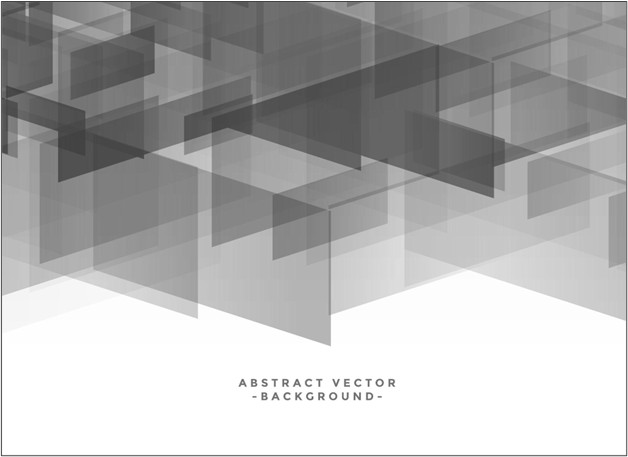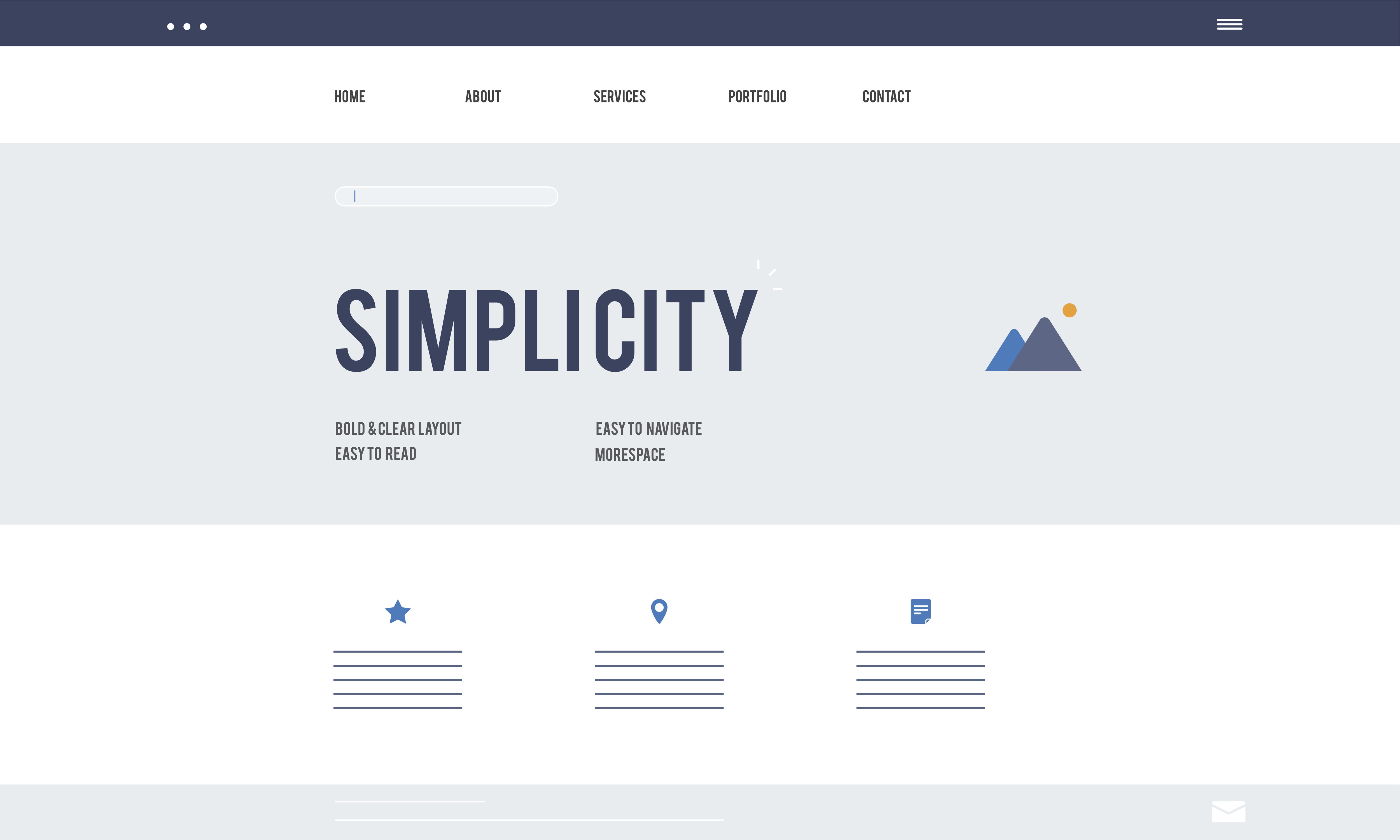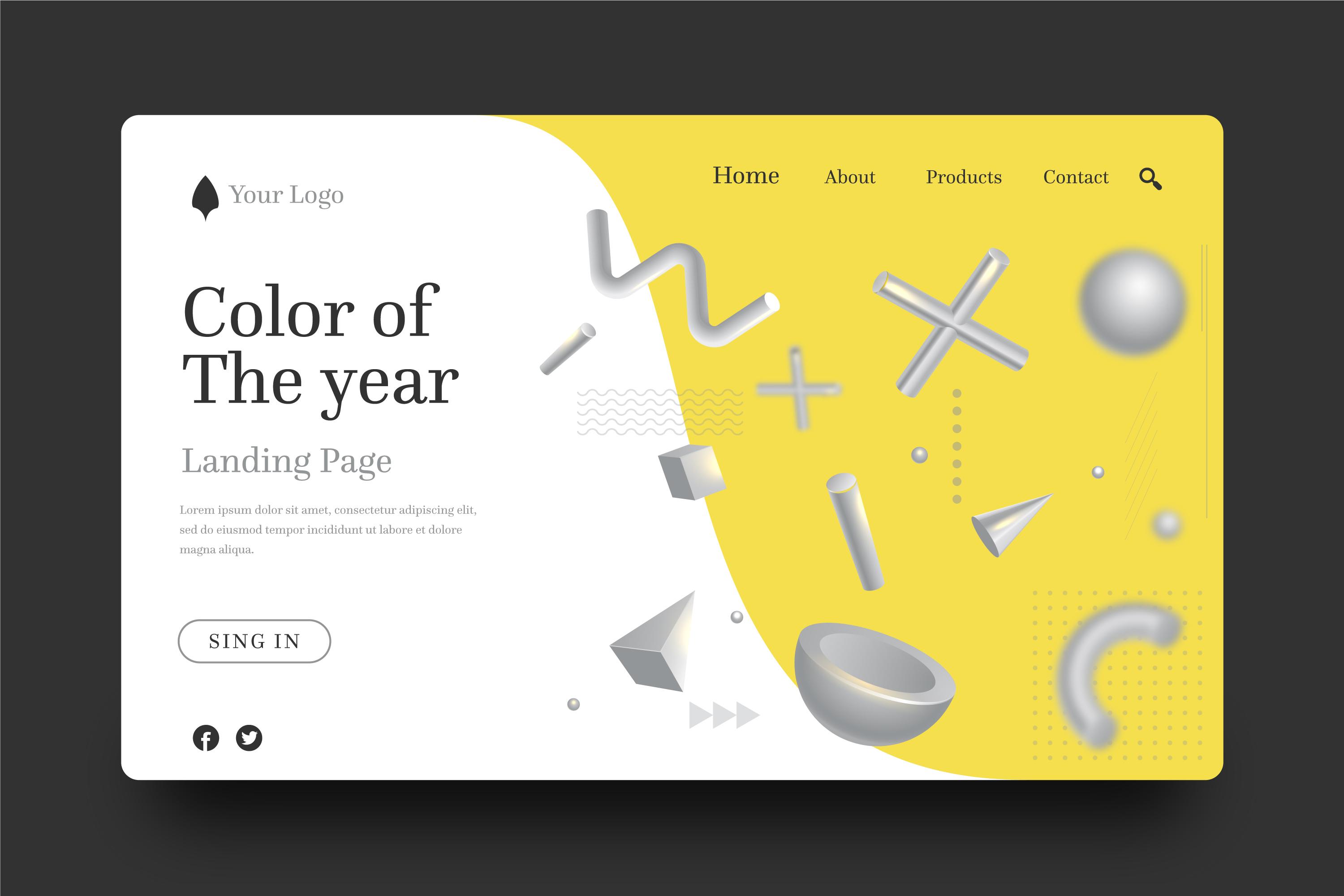Psychology in Web Design and How It's Shaped by Human Behavior
Psychology in web design isn't some abstract theory, but the very reason you stay on one website and click out of another.
The choice of font, the color of the buttons, the line of text, it's all pulling on the way your brain works. Website designers exist for a reason, and they do a lot more than simply arranging pixels. They shape behavior and, although you probably don't realize it, you're responding to cues all the time.
When you're online, it's not the same thing as, say, reading a book. Your attention is all over the place, and your memory holds onto patterns. Your trust? That can be won (or lost!) in mere seconds. It's not accidental; it's psychology.
The same logic is behind the way people search online. Are you looking for an answer, or are you trying to find a brand? Perhaps you're shopping for something specific or only browsing?
The design you land on is just as important as your mindset, and if it doesn't meet your expectations, you leave.
Psychological Principles Behind Effective Web Design
When you enter a website, your brain immediately starts making judgments. If the design is clean and welcoming, you'll want to stay a while. But if the page is cluttered, you won't even give it a fair chance to impress you.
This is exactly why first impressions are so important in web design.
If the site has too much text, images, pop-ups, and bright colors, it creates cognitive load. That means that your brain has to work harder, so visitors lose their patience and give up. Designers are aware of this, so they'll create a clear visual hierarchy and use size and spacing to draw your attention to the most important elements. Gestalt principles have a role to play here, since people naturally group items that are related together.

This is the reason why consistent layouts feel easier to use. Colors are important, too, because they have an effect on emotions. They can either build trust or create anxiety, depending on the palette.
It all matters, even the size and position of the buttons. Fitts' Law explains this best: the easier something is to click, the more likely people are to act on it.
This is an idea that's central to user experience (UX), and it connects with digital strategy.
Think about it: What is the purpose of web design? It's to create a website that's visually appealing and is easy to use. In return, it attracts more visitors and helps retain them – which is what you ultimately want.
Since having good web design is a key metric factored in by search engines (confirmed by the May 2024 Google Search ranking leak), it's also beneficial for search engine optimization (SEO), whose purpose is also to attract visitors.
Even though web design and SEO are inherently different disciplines, they both overlap in multiple areas. And experienced companies such as Stellar SEO know this well, which is why they're able to help businesses improve search performance in a tangible way.
Patterns in Human Behavior That Affect Online Interaction
You don't click on a website and then move randomly on it.
You follow patterns that are based on how your brain processes information and makes decisions. This means that designers who understand them can create sites that feel natural and pleasant to use.
Here are 5 of the most important patterns.
Attention
People's attention spans are short, and they're getting even shorter. You'll scan the page and quickly decide if you'll stay or exit. This is why important features like buttons and sign-ups need to be right at the top of the page.
The average adult internet user has a focus of approximately 8.25 seconds, after which they scroll away. – Samba Recovery

If a person has to scroll or search for what to do next, they're gone.
Trust
Trust happens fast. If the site looks sloppy and confusing, people don't feel safe using it. The layout should be clean, and there have to be security signs present, like HTTPS and reviews, to make the site feel more reliable.
Approx. 75% of internet users tend to trust a visually appealing website; 94% of all first impressions are influenced solely by design. – UXCam
People who feel safe are far more likely to stay and take action.
Motivation
It's small triggers that push you into acting.
For instance, an item that's 'almost sold out' or you’re being offered something that's free (even though your rational mind knows nothing’s ever really free).
Techniques like this create a sense of urgency or connection, and they make you want to act on them. And you don't have to reinvent the wheel here. It could be something simple like a countdown timer or a pop-up window with a discount if the user tries to leave the page.
This strategy will encourage immediate purchases instead of buying later.
Memory
Your brain loves things that feel familiar.
If it already knows something, it's drawn to it naturally. Websites that have familiar page layouts will have button placements and a menu that's very easy to use effectively. New users won't get frustrated trying to figure the website out.
Naturally, if you have a good experience once, you'll assume you'll know how to find things quickly the next time you come back.
Emotion
A calm, friendly design keeps people around longer because the users feel they can get that feeling of calm if the website is designed in a way that satisfies users.
Colors and images can all shape the mood.
Intentional color palettes on websites can meaningfully influence the emotional response of users, as well as their behavior/engagement. – Tribu
This ties into search, too, because someone who's after nothing more than quick facts is in a different mindset than someone who's shopping.

Conclusion
The internet is one big psychology experiment, and every click is a part of it.
Nothing you do is random. You follow the same mental shortcuts that designers have been studying for decades, and you do it each time you start clicking away.
That's why some websites feel easy-breezy and others make you want to break your phone.
The next time you spend a few minutes longer on a website, remember: it's psychology, it's not an accident.